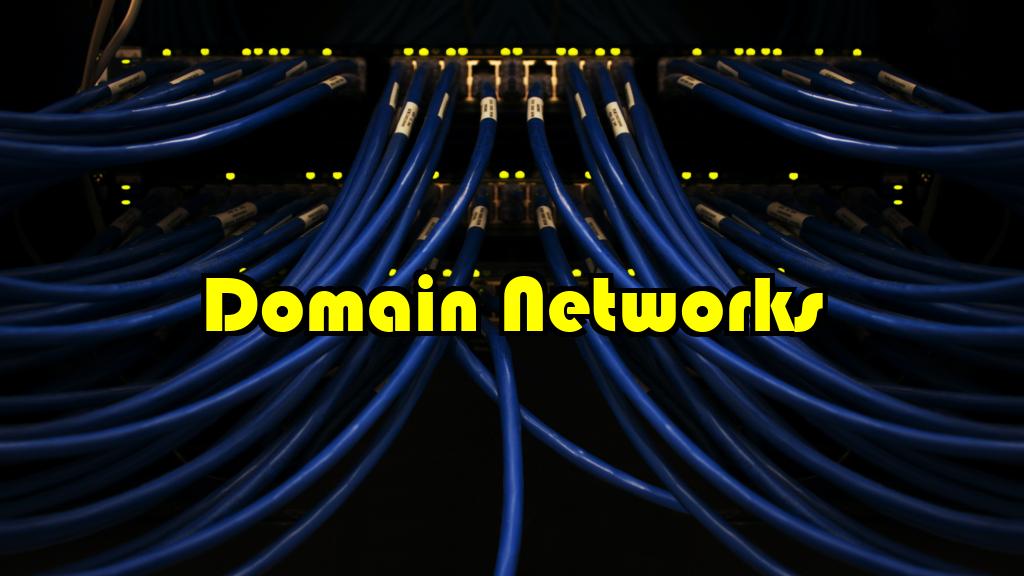What is Mesh Topology: Cheat-Sheet 2024

Understanding different topologies is essential for having a basic understanding of computer networks. There are a bunch of different topologies used in networking and Mesh Topology is one of them.
It is a networking architecture where each device is connected to every other device, forming an interconnected web. It’s a highly interconnected network used for data transmission, enhancing reliability and fault tolerance.
Its importance in modern networking cannot be overstated, as it lays the foundation for many communication systems. In this article, I am going to provide comprehensive details about this network system and help you understand its importance in 2024. Let’s start.
What is Mesh Topology?
Mesh Topology is a configuration type where each device or computer is connected to every other computer within the network. There’s no central hub in this system and each device can easily communicate with others. It all creates a mesh of computers which helps in creating multiple communication paths.
There are a lot of different reasons why this topology is important. For example, this network offers more fault tolerance. In other words, even if one computer is damaged, the data can move through other devices. So, having a few faulty computers won’t affect communication a lot.
Characteristics of Mesh Topology
Redundancy and Reliability
One of the defining features of mesh topology is redundancy. With multiple paths between devices, if one route fails, data can seamlessly find an alternative route. This redundancy enhances the reliability of the network, crucial in mission-critical applications.
Scalability
Mesh topology is highly scalable. As new devices are added, they can easily be integrated into the existing network without disrupting the entire system. This scalability makes mesh topology suitable for both small and large networks.
Fault Tolerance
Fault tolerance is inherent in mesh topology. Even if some devices or connections fail, the network can adapt, rerouting data to maintain uninterrupted communication. This characteristic is particularly vital in environments where downtime is not an option.
Types of Mesh Topology
There are two basic types of this topology. Here are their details:
Full Mesh Topology:
In a full mesh topology, every device is directly connected to every other device. While this provides the highest level of redundancy and reliability, it can be resource-intensive, especially in large networks. This type of configuration is usually used in military networks, research facilities, small-scale networks, etc.
Partial Mesh Topology:
In a partial mesh topology, not every device is directly connected to every other device. This reduces the complexity and cost of the network but still maintains a significant level of redundancy. It’s usually used in campus networks, large-scale networks, wireless networks, etc.
Partial Mesh Topology:
In a partial mesh topology, not every device is directly connected to every other device. This reduces the complexity and cost of the network but still maintains a significant level of redundancy. It’s usually used in campus networks, large-scale networks, wireless networks, etc.
Mesh Topology Advantages and Disadvantages:
The advantages and disadvantages of this network
Advantages:
Robustness
The robust nature of mesh topology ensures that even if a node or link fails, the network remains operational. This is particularly crucial in scenarios where uninterrupted communication is paramount.
Reliability
Mesh topology’s reliability stems from its redundant connections. If a link goes down, data can find an alternative route, minimizing the chances of network disruptions.
Security
The interconnected nature of this topology enhances security. Unauthorized access is more challenging due to the multiple paths data must traverse, making it a preferred choice for secure communication systems.
Disadvantages
Cost
The cost of implementing a mesh topology can be prohibitive, especially in full mesh configurations where every device is connected to every other device. The extensive cabling and hardware requirements contribute to higher expenses.
Complex Installation and Configuration
Setting up a mesh network, especially a full mesh, can be complex. Each device needs to be configured to establish connections with every other device, demanding meticulous planning and execution.
What are the Applications of Mesh Topology?
Here are some applications of this network system:
Networking
Mesh topology finds widespread use in networking, particularly in scenarios where reliability and fault tolerance are critical. It is commonly employed in data centers and large-scale enterprise networks.
Communication Systems
Telecommunication systems leverage mesh topology to ensure uninterrupted communication. In scenarios such as emergency response or military operations, the reliability of mesh topology is invaluable.
Internet of Things (IoT)
As the IoT ecosystem continues to expand, mesh topology provides a robust framework for connecting myriad devices. Its scalability accommodates the growing number of interconnected devices in smart homes and industrial settings.
Comparison with Other Topologies
Bus Topology
Unlike bus topology, where devices share a single communication line, mesh topology’s individual connections offer better redundancy and fault tolerance.
Star Topology
While star topology centralizes connections through a central hub, mesh topology distributes connections, reducing dependence on a single point of failure.
Ring Topology
Mesh topology surpasses ring topology in terms of redundancy. In a ring, if one link fails, the entire network is disrupted, whereas it can adapt to failures.
Read Also:What is Ring Topology: Cheat-Sheet 2023
In Wireless Networks
The application of this topology in wireless networks introduces its own set of challenges. Interference, signal strength, and power consumption are factors that require careful consideration.
Challenges and Solutions
Managing Complexity: As the scale of a mesh network increases, managing the complex web of connections becomes challenging. Advanced management tools and algorithms are essential to streamline operations.
Ensuring Compatibility: Integrating new devices into an existing mesh network may pose compatibility challenges. Standardization and regular updates can mitigate these issues.
Read Also: Managed Network Security: A Comprehensive Guide
Real-world Examples
Military Communication
Mesh topology shines in military communication, where reliability and fault tolerance are non-negotiable. The military often employs mesh networks to ensure seamless communication in dynamic and challenging environments.
Emergency Response Systems
In emergency response systems, where communication can be a matter of life and death, this topology’s resilience ensures that critical information reaches the right channels without fail.
Future Trends
Integration with 5G
As 5G technology continues to evolve, this topology will play a pivotal role in optimizing data transmission. The combination of 5G and mesh networks promises faster and more reliable communication.
Smart Cities
The concept of smart cities, with interconnected systems for efficient governance, relies on this topology. From traffic management to public services, mesh networks form the backbone of futuristic urban development.
Implementation in Businesses
Businesses looking to implement this topology should consider factors such as network size, scalability requirements, and the criticality of uninterrupted communication. Engaging with experienced network architects is essential for successful implementation.
Challenges and Solutions
Managing Complexity
The complexity of this topology increases with network size. Implementing efficient management tools and adopting automation can streamline operations and alleviate this challenge.
Ensuring Compatibility
Compatibility issues may arise when integrating new devices. Regular updates and adherence to standards can mitigate compatibility challenges, ensuring seamless integration.
Conclusion
In conclusion, mesh topology stands as a foundational element in modern connectivity. Its characteristics of redundancy, scalability, and fault tolerance make it indispensable in various applications. From networking and communication systems to the burgeoning IoT landscape, It is the invisible thread that ensures seamless connectivity in an interconnected world.
FAQs
What is a full mesh topology?
It’s like connecting every friend in a group chat to each other. Everyone can talk directly, making it reliable but can get tangled.
What do you mean by mesh network?
Imagine devices forming a web, talking like friends in a group. If one friend is busy, messages find another route, like the internet.
What is mesh topology with example?
Think of the internet – data takes various paths to reach its destination. If one road is closed, there are other routes to follow.
Which is the fastest topology?
No definite winner. The speed depends on what you need. It’s like different cars for different roads.
What is mesh topology types?
There are full mesh (everyone’s connected), partial mesh (some are connected), and wireless mesh (no physical wires, like Wi-Fi).
What is mesh topology features?
Mesh networks are reliable (like having plan B), flexible (can adjust to changes), scalable (easy to add more friends), and secure (data can take encrypted paths).






